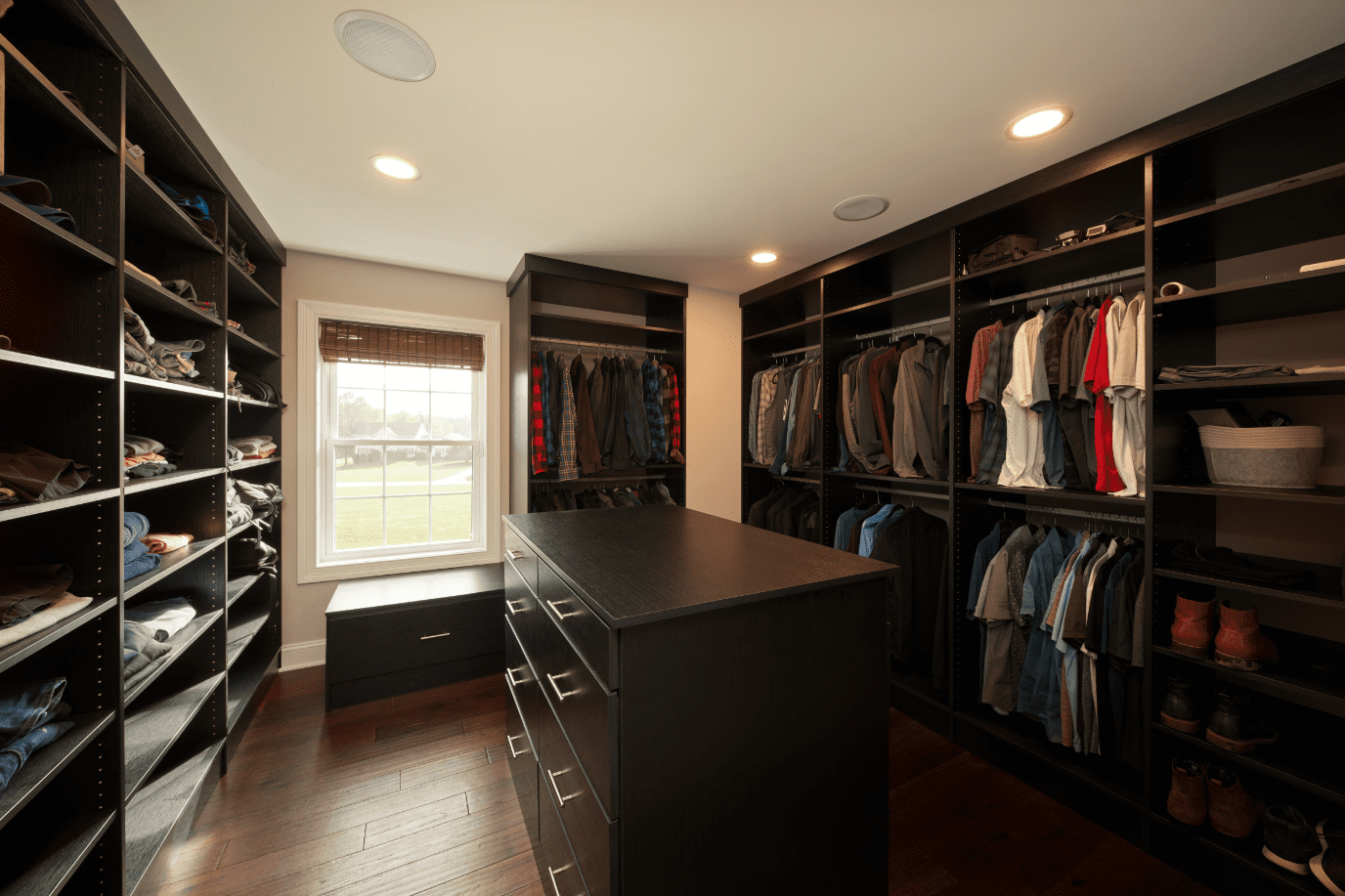RESPECTING HISTORY
Adding onto and remodeling a historic home takes great knowledge and skill. Not only does a home remodeler need to respect and retain the historic architectural elements of the home, but the addition and new materials need to correspond to the original home as well. Whether a remodeler is restoring the home’s materials or replacing historical elements with replicas, both take great experience, attention to detail, and impeccable craft.
CUSTOM BUILT-INS
The “measure twice, cut once” mantra is especially true for custom built-ins. The perfect fit and proportions necessary for a custom shelf, cubby, wet bar, closet, and entertainment center take a keen eye. Whether the home is 10 years old or 100 years old, the design should also correspond to the overall aesthetics of the home. Trim, hardware, and style should not be overlooked, even with what many would see as a straightforward application.
MIXING DESIGN ERAS
Not every homeowner feels compelled to commit to one era of design. Mixing design eras takes a deep knowledge of each to know exactly how they can play off one another to create a cohesive look. As they say, “You must know the rules first in order to break them.”
DESIGNING FOR NATURAL LIGHT
Every homeowner yearns for more natural light in their home. It saves energy, is a fantastic mood-lifter, and offers the perfect lighting to highlight great design. However, not every space in a home is conducive to injecting natural light. In these tricky spaces, creativity is a must.
THE RIGHT FINISHES IN THE RIGHT PLACES
The wrong finish can distract from the intended style of any feature. A wood tone with a clashing paint color, tile that’s ill-proportioned to the space, and overly ornate hardware that distracts from a sleek cabinet will ruin the overall design of a room. A skilled designer will know how to create a cohesive look, where every detail communicates with the next.
NEUTRAL BUT NOT BORING
A neutral palette can be calming and refreshing, but it can also be underwhelming without the right finishes and colors to create some interest without being fussy. To pull this off, visual texture, careful attention to corresponding details, and a palette that offers variation without too much contrast can take a neutral palette from sanitized to refined.
CONTEMPORARY WARMTH
Unfortunately, the contemporary design aesthetic has a reputation for being cold and uninviting. Flat front cabinets, sleek lines, glossy finishes, and minimalistic features make up the contemporary design style. However, these characteristics can easily be infused with warmth and character if it’s executed mindfully.
NATURAL WOOD FEATURES
The tone, placement, grain, and style of natural wood can shift a design style from rustic cabin to a sleek contemporary. Through time, natural wood has been favored by homeowners to add warmth and depth to a space. Use too much and a home can feel like a lodge. Use too little and a home can feel cold. How wood is integrated into a home’s design must be measured carefully.










